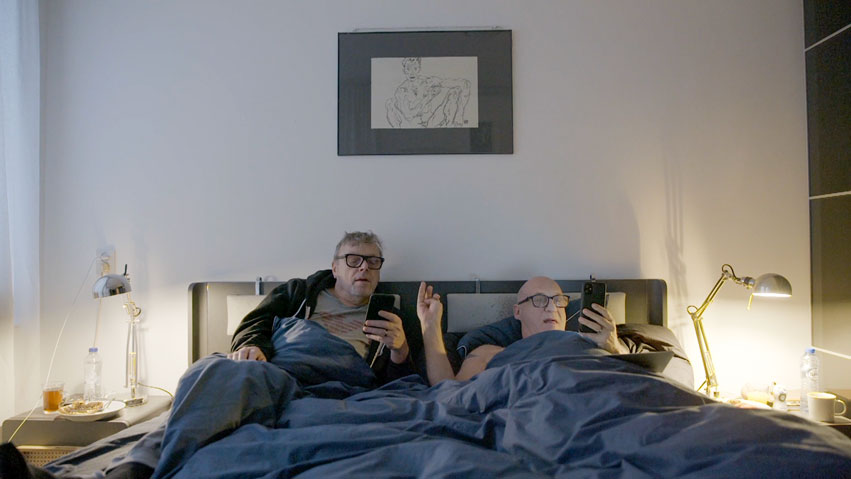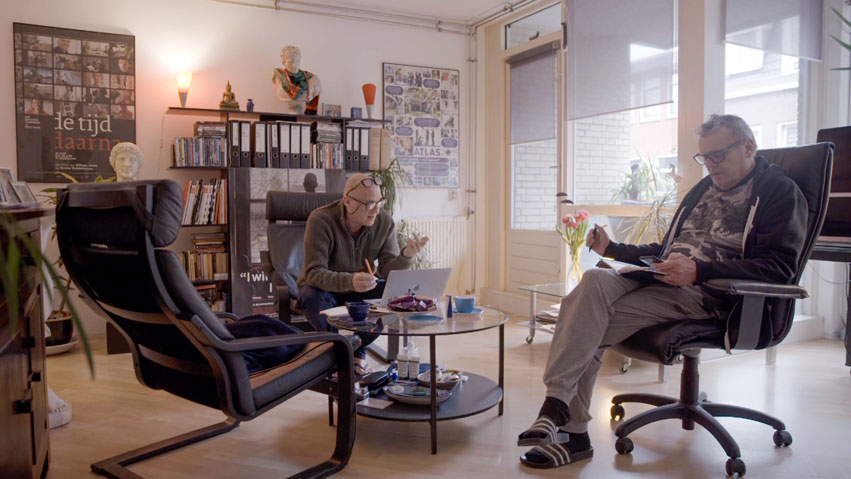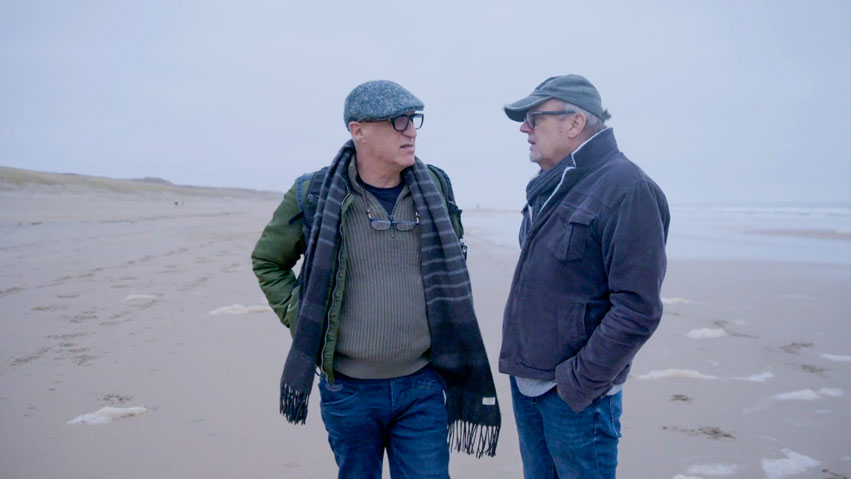AGING WITH HIV
We are getting older and that is good news. The steady aging of the HIV community has several causes.
The first is the decrease in the number of new infections. Since 2010, the number of new HIV infections has, according to UNAIDS, fallen by 31%, from 2.1 million in 2010 to 1.5 million in 2020. The number of young people especially has fallen sharply.
Moreover, improved medication and the increased accessibility to this medication have played a major role. Since 2010, the number of deaths has fallen by a staggering 47%, from 1.3 million in 2010 to 680,000 in 2020.
The USA has the most documented data on the makeup of its HIV community. HIV-gov, the government site, reports that in 2018, practically half of the HIV community was over 50 years old. I suspect that similar numbers are true for Western Europe and countries like Canada and Australia.
We are getting older and that is good news, but there is also a caveat that needs to be made right away. According to HIV-gov, the older HIV-infected person is more likely than others to have to deal with conditions such as strokes, cancer, diabetes and dementia. Research into this is still in its infancy, but one thing is already certain: HIV-infected men and women over the age of 50 are significantly more likely to experience serious health problems than their uninfected peers.
The older generation is central on these pages of our site. We looked them up because we want to know who they are. What are their lives like? What are their personal histories, how do they see their futures?
They are strong, tough men and women, I can already tell you that. In most cases, the scratches and dents they have suffered do not stand in the way of their zest for life nor their optimism. These older people have a lot to tell us. I hope you enjoy their stories.
(Data from UNAIDS, HIV-gov)
A Love affair and a Virus
On 3 April 1982, Doctor (in training) Jan van Wijngaarden suggested that a patient admitted to the Academic Medical Center (AMC) in Amsterdam might be suffering from ‘a new condition’. He recognised the man’s symptoms because he had previously seen them during an internship in the USA. The word AIDS did not exist in 1982, but a few years later this man was seen as the first AIDS patient in the Netherlands.
In November 1982 Bert and Erwin met for the first time in a gay café in Amsterdam. It was love at first sight. Early in their relationship they had to deal with the threat of the AIDS epidemic. They were young, enjoyed the increased tolerance towards the homosexual community and the vibrant gay life in Amsterdam; and saw the danger of this new and deadly disease too late.
In the mid-80’s they had to deal with the first physical complaints. In 1991 they were told that they were both infected with the HIV virus. Joep de Lange, the doctor treating them at the AMC told them to enjoy life as much as possible. He could give them no guarantees as to the future.
Bert and Erwin are still very much alive, but so too is the HIV virus. This year, 2022 there will be a double anniversary – the 40 years anniversary of the two being together and the 40 year ‘birthday’ of the HIV virus in the Netherlands.
The film shown here focuses on the relationship between the two men. It takes a look at their past, present and future. It also looks at 40 years of HIV and AIDS in the Netherlands. Bert and Erwin are one of the rare couples who, while having to deal with the potentially deadly virus so early in the epidemic themselves, can still, 40 years on, reflect upon 40 years of HIV and AIDS in the Netherlands.
This 15-minute film is the first step in producing a fully fledged TV documentary about the double anniversary this year.





